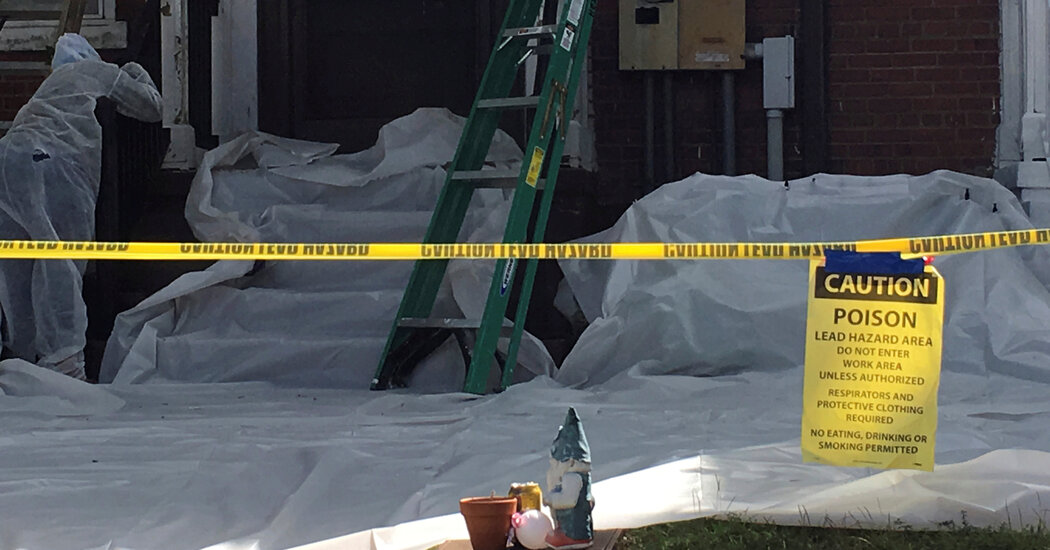The new rules consider any detectable level of lead dust in a building a “lead hazard,” requiring property owners to pay for cleanup.
The Biden administration said Thursday that it was strengthening requirements for homes and child-care facilities to remove lead-based paint dust, a move that could better protect more than 300,000 children a year from the toxic metal.
Under the new rules, any detectable level of lead dust in the building would be considered a “lead hazard,” and property owners would be required to pay for cleanup. Property and business owners who could be affected expressed concern about potential cleanup costs.
Lead is a potent neurotoxin, and exposure can damage the brain and nervous system, particularly in babies and children. Manufacturers once commonly added lead to paint to make it more durable, resistant to moisture and faster-drying.
The federal government banned lead-based paint for residential use in 1978. Still, the Environmental Protection Agency estimates that 31 million dwellings built before that year still contain lead-based paint, 3.8 million of which are home to one or more children under the age of 6.
“The science is clear: There is no safe level of lead,” said Michal I. Freedhoff, the assistant administrator for the E.P.A.’s Office of Chemical Safety and Pollution.
“Lead exposure can rob children of their futures, changing the course of a life full of promise into one of permanent challenges and diminished potential.”
